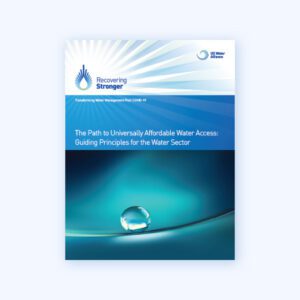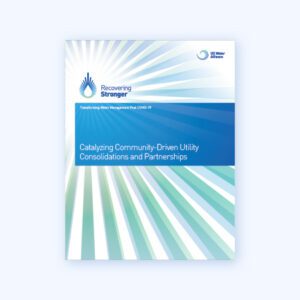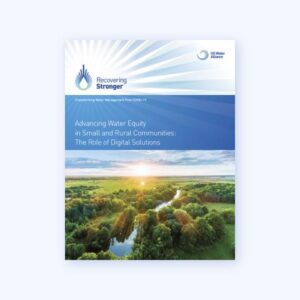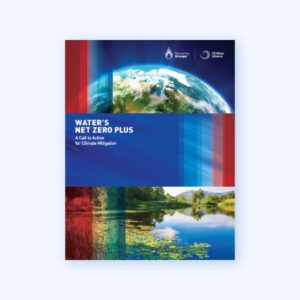Despite its essential nature, the United States has undervalued and underinvested in water, and the result is a cascade of compounding problems. We need a sustainable business model and a pricing structure that reflects the true cost of service. We need a funding structure that closes the infrastructure gap and makes systems more resilient to emergencies like COVID-19.

A Promising Water Pricing Model for Equity and Financial Resilience
This report reveals a cost-based approach to pricing water, representing an opportunity to achieve greater equity by reducing water bills for most low-income households while preserving revenue and improving financial resilience for water utilities.
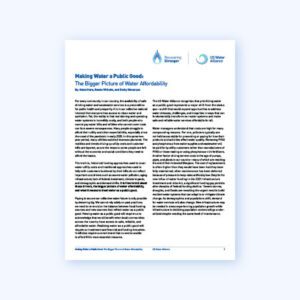
Making Water a Public Good
This paper outlines what is needed from federal, state, and local leaders to ensure that water is viewed and treated as a public good and made available and accessible for all.
Read the Report


